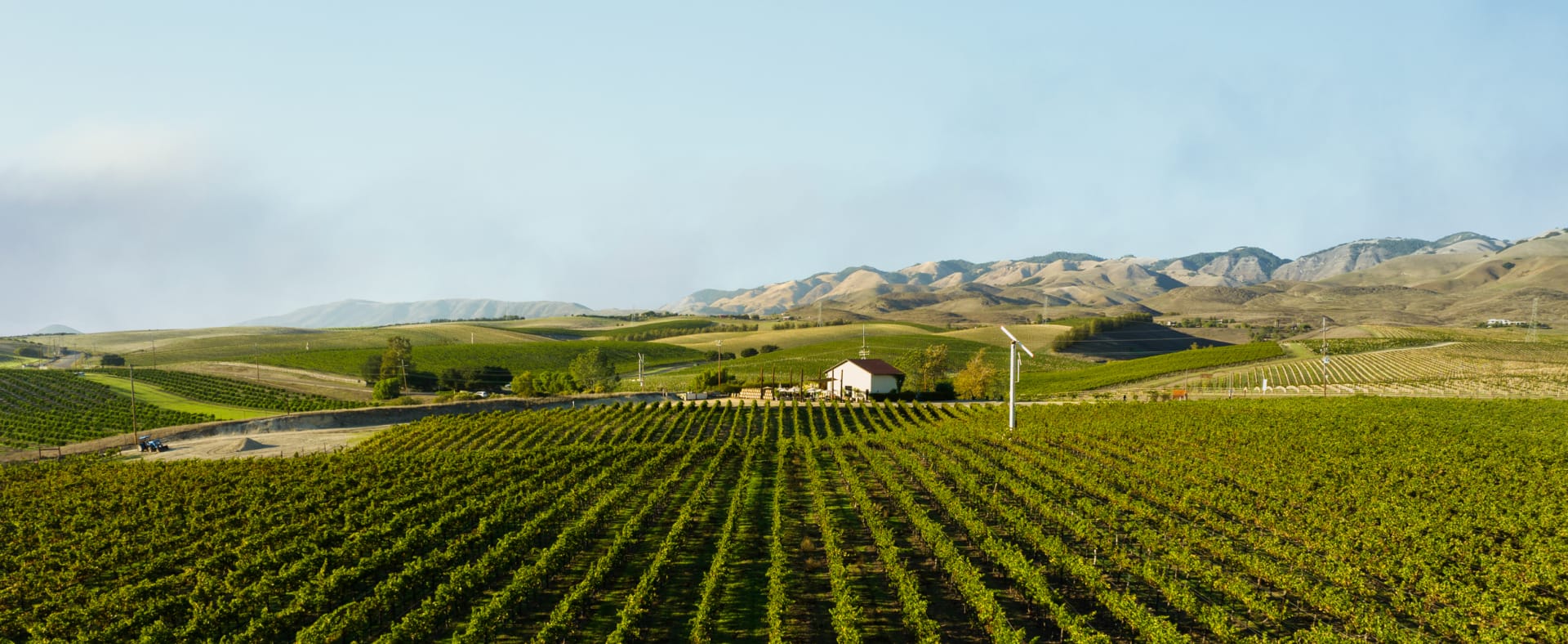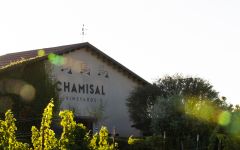Chamisal Vineyards Stainless Pinot Noir 2014
-
Wilfred
Wong




Product Details
Your Rating
Somm Note
Winemaker Notes
Professional Ratings
-
Wilfred Wong of Wine.com
Have you ever heard of an un-oaked Pinot Noir? I am sure there are a few in the marketplace, though relatively rare. While the term "un-oaked" has gained traction in the Chardonnay world, few red wines have been marketed this wine. The 2014 Chamisal Stainless Steel Unoaked Pinot Noir is fresh and fine. Lively and bright from start to finish. Give this one a slight chill and re-discover what wine with oak-intrusion tastes like. This one is drinking perfectly now. (Tasted: June 3, 2016, San Francisco, CA)








Pioneers in winemaking on the Central Coast, Chamisal Vineyards was the first to plant vineyards in the Edna Valley in 1973. Chamisal is nestled five miles inland from the Pacific Ocean on the rugged California Coast. With the cooling Pacific Ocean nearby, the long temperate growing season extends the amount of time grapes stay on the vine to develop their flavors. This extended hang time paired with the calcareous, clay-rich soil of the property produces fruit with exceptional intensity and complex flavors, often showing a distinctive character that some fondly call "Chamisal Spice."
Chamisal Vineyards has a site-driven approach to winemaking, crafting each wine as an expression of the unique terroir of the vineyards from which it is sourced. When applied to Chardonnay, this approach produces a range of versatile and distinctive wines that range from full-bodied and supple with generous oak influence to lean, elegant and mineral-driven.
In 2010, Chamisal Vineyards became the second winery ever to become SIP (Sustainability in Practice) certified. This program, separate from vineyard certification, requires that winemaking operations also be sustainable and respectful of the environment. They tightly monitor and control the winery’s energy and water use by using solar panels to produce 25 percent of the electrical power needed and implemented a water-recapture system that reclaims 100 percent of Chamisal winery process water for irrigation needs. Chamisal Vineyards has always thrived to protect the environment and their communities. It has become clear to us that the emission of Green House Gases (GHG) not only is the biggest environmental threat, but also that the majority of environmental advances are tied to their ability to emit less GHG. They have embarked on a fundamental transformation of how they grow grapes and make wines and have joined international organizations such as the Porto Protocol and the International Wineries for Climate Action (IWCA). They have committed to reduce their GHG emissions by 50% by 2030 and 100% by 2050.

Let’s start with the obvious – Central Coast Pinot Noir is an incredibly broad category. This of course is because the Central Coast appellation is enormous, and it contains several stellar Pinot Noir regions within it, all of them kept cool by elevation or proximity to the ocean (or both). So we’ll break things down a bit with a brief look at each of these: Santa Cruz Mountains, Monterey and the Santa Lucia Highlands, Santa Maria Valley and Sta. Rita Hills. These are not the only Central Coast sources of good Pinot Noir, but they are the major ones. So let’s get started.
In the Santa Cruz Mountains appellation, just west of Silicon Valley, producers craft excellent Pinot in spite of serious challenges. The land is mountainous, rugged and can be foggy, the topsoil is thin and poor and yields tend to be low. Yet Pinots from the likes of David Bruce, Martin Ray, Mount Eden and Thomas Fogarty exhibit undeniable quality, along with bright red fruit, minerality, earth and herbal hints.
Just south lies the large Monterey appellation. Monterey Pinot Noir is grown in coastal areas, taking optimal advantage of the cooling effect of the Pacific. The most highly regarded of these is the Santa Lucia Highlands. Situated on hilly benchlands south of the city of Monterey, this central coast region relies on a long growing season, night and morning fog and consistent afternoon winds to produce world class Pinot Noir. Attributes include intense, rich fruit, subtle earthy notes, spice and a silky texture. Look for producers like Siduri, Kosta Browne, Talbott and Lucienne.
The Santa Maria Valley in northern Santa Barbara County (a section of it falls into southern San Luis Obispo County) is also a haven for quality Pinot Noir. A mere 15 miles from the Pacific, the valley runs east-west, creating a natural tunnel through which ocean breezes and fog flow. This effect lengthens the growing season and promotes both ripeness and development of acidity, lending Santa Maria Valley Pinots their characteristic full flavor, balance and elegance. The famous Bien Nacido Vineyard is located here, and notable producers include Cambria, Foxen, Byron and Au Bon Climat.
Finally, we arrive at the Sta. Rita Hills, also in Santa Barbara County. Located in the western part of the Santa Ynez Valley, it too benefits from an east-west orientation that leads to the same conditions mentioned above. Once again the result is extended hang time for the grapes, which can be tasted in the vibrant, ripe red fruits evident in these Pinots, along with dense coloration and an impression of richness and intensity. Try wines from producers like Ken Brown, Ampelos, Fess Parker and Melville.
As you can see, California’s Central Coast offers a wealth of options for any lover of Pinot Noir. Cheers!
